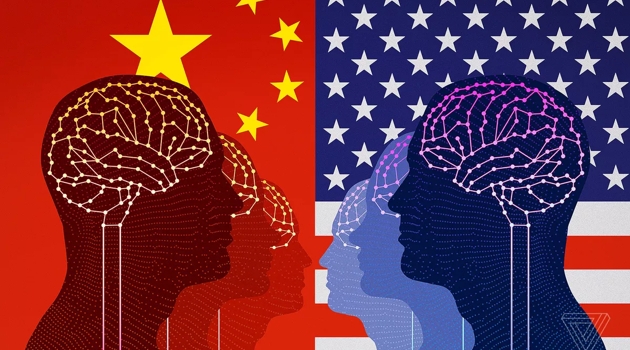According to a recent Australian report, in 37 out of 44 regions classified as critical, the Far Eastern superpower can provide the most scientific publications.
The Australian Strategic Policy Institute (ASPI) recently updated its publications to track the development of critical technologies at the country level. the Critical Technology Tracker Based on its results, China ignited the missiles completely.
From space exploration to robotics to quantum technology, in a recent analysis of scientific publications in every area of interest now and in the future, the Asia Pacific Institute concluded, “China has laid the foundations for becoming the world’s leading scientific and technological superpower, as the critical and emerging technology in most areas, it has sometimes gained an amazing edge in high-impact research.”
The compilation records research materials published between 2018 and 2022 in 44 different scientific fields considered essential. At the same time, the Australian Research Center specialists took into account not only the quantity of publications, but also their quality and potential impact during the final assessment.
As it turns out, it is not uncommon for China to publish five times as many influential papers on a single topic during this time as its direct competitor, the United States. The circumstances are well illustrated by the fact that the Far Eastern country was able to rank first in a total of 37 regions. In eight of those, it comes very close to becoming a global monopoly.
Perhaps the United States is not satisfied with the fact that the American leadership is visible in the remaining seven regions, while the Stars and Stripes flag is visible second only to China. For example, the United States is a leader (so far) in high-performance computing, designing and manufacturing advanced integrated circuits, natural language processing, quantum computing, vaccines and medicines, small satellites, and spacecraft launch systems.
The two main contenders are followed by India and the United Kingdom, and behind them South Korea, Germany, Australia, Italy and Japan have managed to show tangible scientific activity.
Are they unstoppable?
China’s dominance at this level in important areas of scientific life may seem surprising at first, but there were signs before that that America would not necessarily be able to maintain its leading position. From a Japanese report last year, for example, the Chinese superiority (quantitative and qualitative) was already evident. Developments threatening US hegemony also point to the fact that this year the FBI director drew attention specifically to how dangerous it would be if China made significant advances in artificial intelligence.
The US government is trying to curb the eastward rush with sanctions that limit Chinese companies and government actors and innovation capabilities, and bans on critical technologies. At the same time, based on trends, all this only postpones and does not prevent us from reaching the point where China can generally be considered the leading scientific center in the world.












































